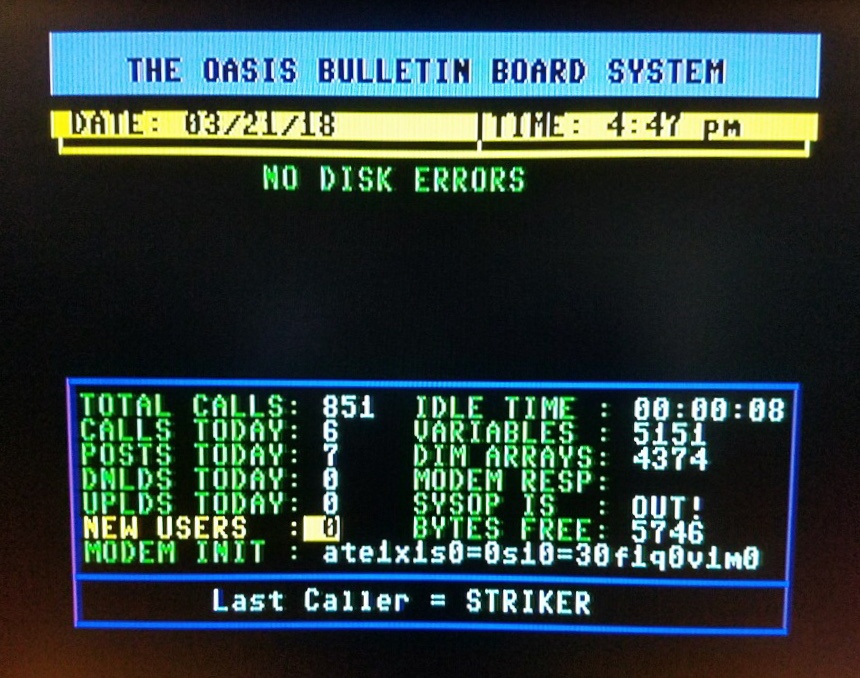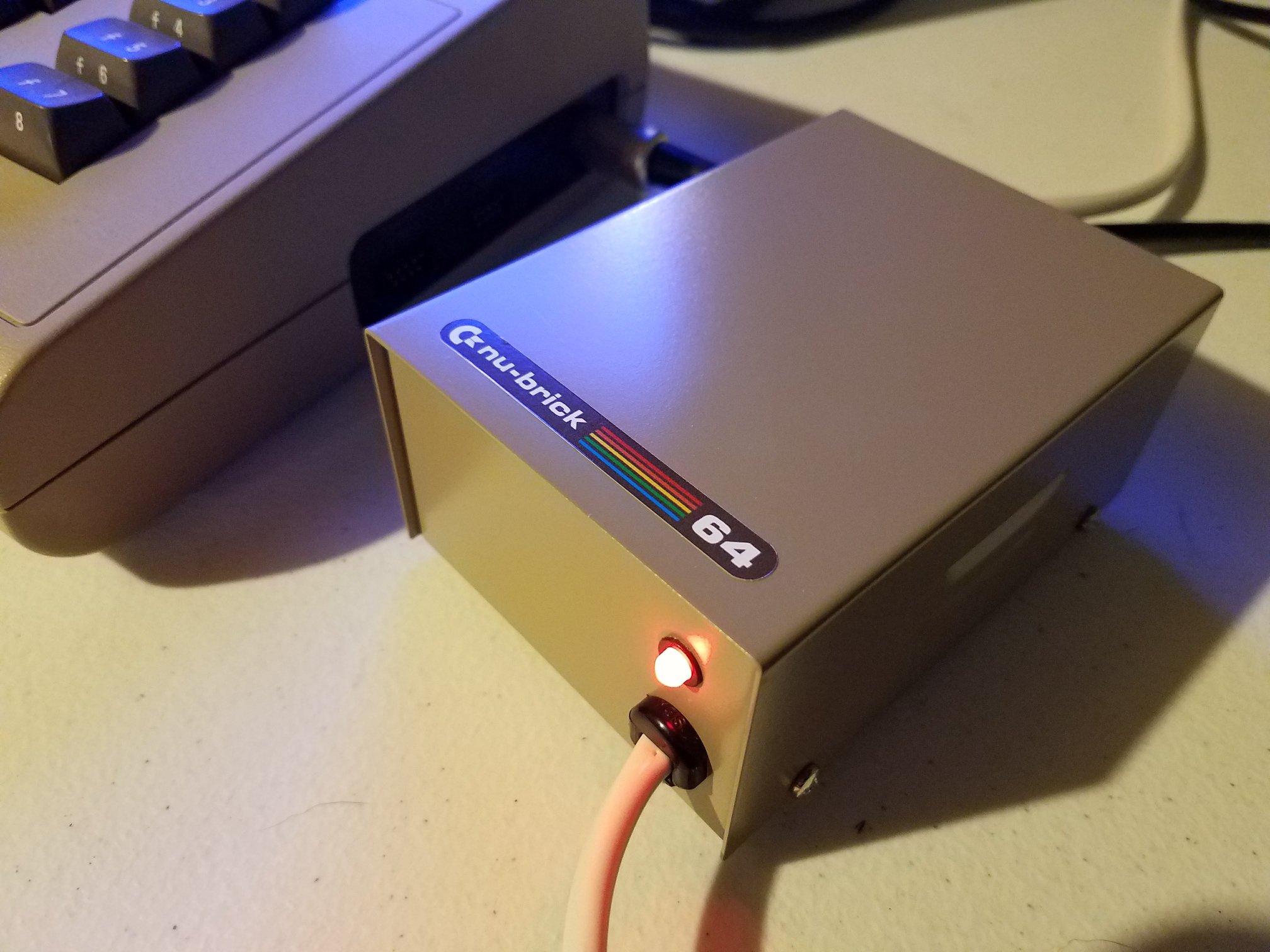GadgetUK continues to work on the Spitfire 2000 accelerator, pushing past initial setup and diving into deeper testing. With the RAM installed in part one, the first task is ensuring everything runs smoothly.
Booting from floppy, the system detects 8MB of RAM, which passes an initial test without issues. Given the complexity of the board and the potential for soldering mishaps, this is a relief. The next step is testing at 28 MHz, a speed that hadn’t been properly verified in the last session. Switching to this frequency, the system boots successfully—a promising result. Benchmarks confirm performance gains, showing speeds significantly above stock levels. Drive read speeds also improve, jumping from 3.5 MB/s to around 4.6 MB/s.
Attention then shifts to power stability. Voltage readings hover around 4.74V, slightly below optimal. A small adjustment improves this, though it remains a factor to monitor. Hardware quirks like connector oxidation and potential instability at higher speeds warrant further attention.
Next up is flashing ROMs. Using Live 2’s SF Flash utility, GadgetUK attempts to write a new Kickstart ROM. The process completes quickly, but booting from the newly flashed ROM doesn’t work as expected. Suspecting WinUAE’s habit of automatically byte-swapping files during transfers, Gadget UK tries another approach: copying a working Kickstart 3.1 ROM from the physical chip to onboard flash. This test succeeds, confirming the software’s interference with the previous attempt.
With that resolved, the Spitfire 2000 is proving itself a capable upgrade. Stability remains strong, but further testing at higher speeds and with additional configurations will be necessary. The next steps will explore compatibility with other AutoConfig devices and fine-tune performance.







